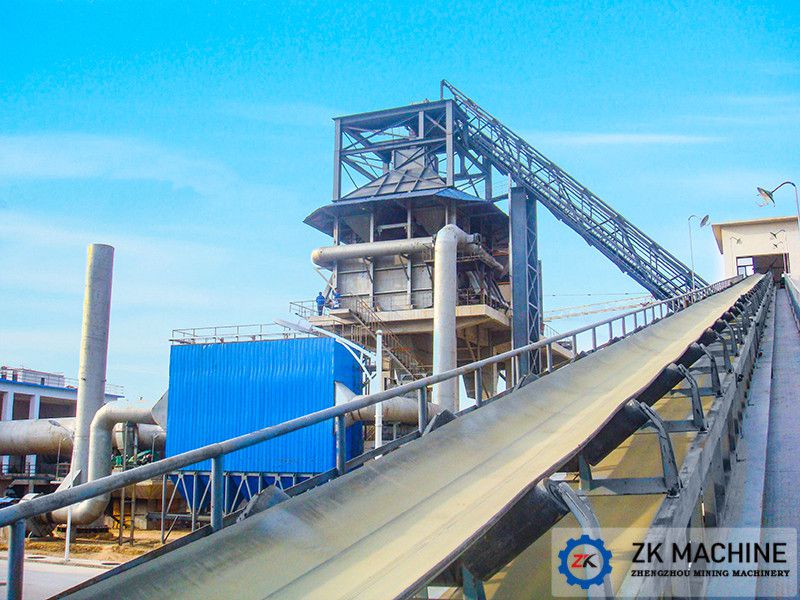Loading and Unloading Device of Belt Conveyor
Date:2020-10-29 Source:zk corp Views:
1. Loading device
The structure of the belt conveyor loading device depends on the nature of the conveyed special materials and the loading method. For finished items, chutes or sliding plates can be used to directly load the items on the conveyor belt; for bulk materials, a funnel can be used for loading, which is fixed on the rack at the loading position or mounted on a movable trolley to change the location of the load.
When loading, due to the impact of materials, it has a great impact on the life of the conveyor belt. Although buffer rollers are used at the loading area, the conveyor belt and rollers are still subject to greater impact. In order to reduce this impact as much as possible, the following requirements are often placed on the loading device:
(1) When loading, use buffer plates, chutes and other devices to make the material flow direction and speed as consistent as possible.
(2) Feed evenly. If it is impact feeding (such as electric shovel, grab bucket, etc.), it should be buffered by the funnel or silo, and then the material can flow evenly on the conveyor belt.
(3) The feed drop should be small to reduce impact energy.

2. Unloading Device
There are two ways to unload the belt conveyor: end unloading and midway unloading.
When the end is unloaded, the material is thrown away from the drum due to inertia. Therefore, a protective cover and discharge funnel of appropriate shape should be installed to gather the material and prevent dust. The shape and installation position of the shield and the discharge funnel should be suitable for the falling trajectory of the material, so as to minimize the impact of the material and the bucket and reduce the wear of the bucket.
The most commonly used for unloading of belt conveyors are the plough unloader and the unloading trolley.
(1) Plough unloader
The plough unloader is an unloading baffle that is at a certain angle to the moving direction of the belt. When the moving material hits the baffle, it is pushed to the side to be unloaded by the baffle. Plow unloaders are divided into single-side discharge and double-side discharge according to the discharge method.
The advantages of the plough unloader are: small height, simple structure, light weight and low cost. The disadvantage is that the abrasion of the conveyor belt is serious. Therefore, it is not suitable for long conveyors to transport materials with large lumps and severe abrasion.
The plough unloader is only suitable for unloading at the flat belt. If it is a trough belt, a flat roller or unloading plate should be installed at the unloading place. When using the plough unloader, the belt should use vulcanized joints, and the belt speed should not exceed 2m/s.
(2) Unloading truck
The unloading truck is a double drum unloader mounted on a four-wheel frame.
The tape is first lifted by the action of the inclined roller on the trolley. When the object passes through the upper roller, it is thrown away from the roller under the action of inertia, and is discharged into the hopper through the shield and the guiding trough, and the tape passes through the lower roller. Go to the roller table on the frame to complete the unloading operation.
Unloading vehicles are divided into general electric unloading vehicles and heavy-duty electric unloading vehicles. The electric unloading car can walk back and forth with load to adapt to unloading materials at any location along the length of the conveyor.

